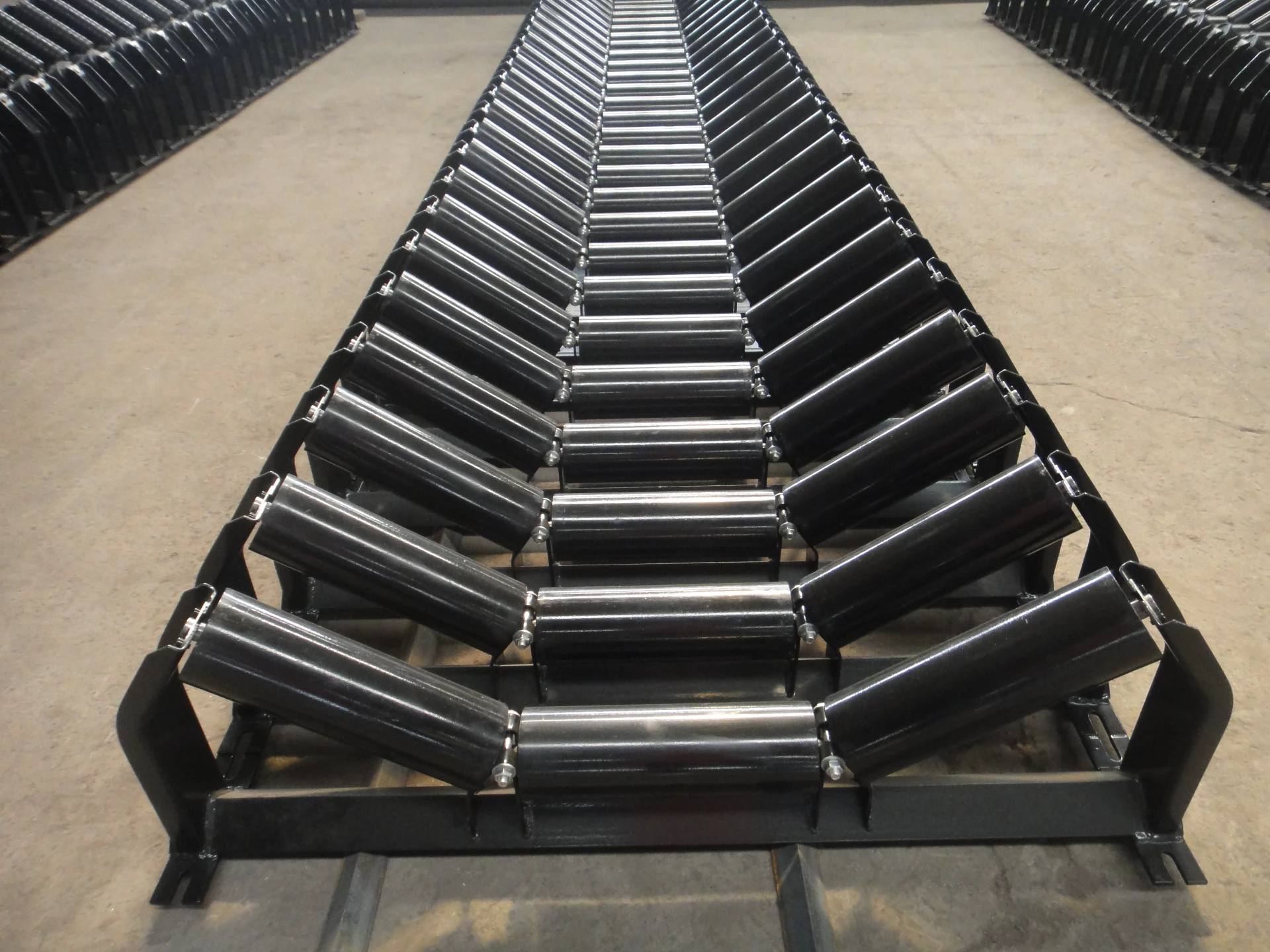 Afrikaans
Afrikaans  Albanian
Albanian  Amharic
Amharic  Arabic
Arabic  Armenian
Armenian  Azerbaijani
Azerbaijani  Basque
Basque  Belarusian
Belarusian  Bengali
Bengali  Bosnian
Bosnian  Bulgarian
Bulgarian  Catalan
Catalan  Cebuano
Cebuano  Corsican
Corsican  Croatian
Croatian  Czech
Czech  Danish
Danish  Dutch
Dutch  English
English  Esperanto
Esperanto  Estonian
Estonian  Finnish
Finnish  French
French  Frisian
Frisian  Galician
Galician  Georgian
Georgian  German
German  Greek
Greek  Gujarati
Gujarati  Haitian Creole
Haitian Creole  hausa
hausa  hawaiian
hawaiian  Hebrew
Hebrew  Hindi
Hindi  Miao
Miao  Hungarian
Hungarian  Icelandic
Icelandic  igbo
igbo  Indonesian
Indonesian  irish
irish  Italian
Italian  Japanese
Japanese  Javanese
Javanese  Kannada
Kannada  kazakh
kazakh  Khmer
Khmer  Rwandese
Rwandese  Korean
Korean  Kurdish
Kurdish  Kyrgyz
Kyrgyz  Lao
Lao  Latin
Latin  Latvian
Latvian  Lithuanian
Lithuanian  Luxembourgish
Luxembourgish  Macedonian
Macedonian  Malgashi
Malgashi  Malay
Malay  Malayalam
Malayalam  Maltese
Maltese  Maori
Maori  Marathi
Marathi  Mongolian
Mongolian  Myanmar
Myanmar  Nepali
Nepali  Norwegian
Norwegian  Norwegian
Norwegian  Occitan
Occitan  Pashto
Pashto  Persian
Persian  Polish
Polish  Portuguese
Portuguese  Punjabi
Punjabi  Romanian
Romanian  Russian
Russian  Samoan
Samoan  Scottish Gaelic
Scottish Gaelic  Serbian
Serbian  Sesotho
Sesotho  Shona
Shona  Sindhi
Sindhi  Sinhala
Sinhala  Slovak
Slovak  Slovenian
Slovenian  Somali
Somali  Spanish
Spanish  Sundanese
Sundanese  Swahili
Swahili  Swedish
Swedish  Tagalog
Tagalog  Tajik
Tajik  Tamil
Tamil  Tatar
Tatar  Telugu
Telugu  Thai
Thai  Turkish
Turkish  Turkmen
Turkmen  Ukrainian
Ukrainian  Urdu
Urdu  Uighur
Uighur  Uzbek
Uzbek  Vietnamese
Vietnamese  Welsh
Welsh  Bantu
Bantu  Yiddish
Yiddish  Yoruba
Yoruba  Zulu
Zulu drive rollers for belt conveyors
Drive Rollers for Belt Conveyors A Comprehensive Overview
Belt conveyors are essential components in various industries, facilitating the movement of materials over long distances and in challenging conditions. At the heart of these systems are drive rollers, which play a critical role in the efficient operation of belt conveyors. This article explores the types, functions, and advantages of drive rollers in belt conveyors, as well as considerations for selecting the right rollers for your application.
Understanding Drive Rollers
Drive rollers, also known as conveyor rollers or drive pulleys, are cylindrical components that provide the necessary motion to the conveyor belt. They are typically located at the discharge end of the conveyor system, where they are powered by an electric motor. As the motor rotates the drive roller, it pulls the belt, enabling the movement of materials along the conveyor system.
There are several types of drive rollers, including smooth rollers, crowned rollers, and lagged rollers, each designed for specific applications. Smooth rollers provide a low-friction surface, allowing for easy belt movement. Crowned rollers are slightly curved, which helps to keep the belt centered on the roller. Lagged rollers have a rubber or other high-friction surface, increasing traction and preventing slippage, especially in heavy-duty applications.
The Role of Drive Rollers
The primary function of drive rollers is to provide the necessary force to move the conveyor belt while supporting the weight of the materials being transported. In addition to this essential role, drive rollers also help maintain the alignment and stability of the belt, ensuring reliable and efficient operation.
The design of drive rollers can significantly impact the performance of the conveyor system. Factors such as the roller diameter, width, and material can affect the belt tension, friction levels, and the overall load-bearing capacity of the conveyor. Properly designed rollers reduce wear on the belt, minimize maintenance requirements, and enhance the overall lifespan of the conveyor system.
Advantages of Using Drive Rollers
1. Efficiency Drive rollers can help optimize the efficiency of belt conveyors. By ensuring smooth and consistent operation, they minimize energy consumption and reduce operational costs.
2. Durability High-quality drive rollers are designed to withstand heavy loads and abrasive materials, significantly increasing the lifespan of the conveyor system.
3. Versatility With various designs and materials available, drive rollers can be tailored to suit a wide range of applications, from light-duty to heavy-duty environments.
drive rollers for belt conveyors

5. Improved Traction Drive rollers with lagging provide increased traction, which is especially important in applications where belts must carry heavy loads or navigate inclines.
Selecting the Right Drive Rollers
When selecting drive rollers for a belt conveyor system, several factors must be considered
1. Load Requirements Determine the maximum load the conveyor will carry. Heavy loads require robust and durable rollers to prevent premature wear or failure.
2. Belt Type The type of belt being used will influence the choice of roller. Ensure that the roller design complements the belt material for optimal performance.
3. Operating Environment Consider the conditions in which the conveyor will operate. Corrosive environments may necessitate rollers made from resistant materials, while high-temperature applications might require specialized rollers.
4. Speed and Acceleration The speed at which the belt needs to operate will affect roller selection. Higher speeds may require different dimensions and materials to ensure stability and performance.
5. Maintenance Considerations Opt for rollers that are easy to maintain and replace, minimizing downtime and facilitating quicker repairs.
Conclusion
Drive rollers are integral to the functionality and efficiency of belt conveyor systems. Understanding the types, roles, and selection criteria for drive rollers can help businesses optimize their material handling processes. By investing in high-quality drive rollers specifically designed for their applications, companies can enhance operational efficiency, reduce maintenance costs, and extend the lifespan of their conveyor systems. As the industry evolves, keeping abreast of advancements in roller technology will ensure that businesses remain competitive in a dynamic market.
-
Revolutionizing Conveyor Reliability with Advanced Rubber Lagging PulleysNewsJul.22,2025
-
Powering Precision and Durability with Expert Manufacturers of Conveyor ComponentsNewsJul.22,2025
-
Optimizing Conveyor Systems with Advanced Conveyor AccessoriesNewsJul.22,2025
-
Maximize Conveyor Efficiency with Quality Conveyor Idler PulleysNewsJul.22,2025
-
Future-Proof Your Conveyor System with High-Performance Polyurethane RollerNewsJul.22,2025
-
Driving Efficiency Forward with Quality Idlers and RollersNewsJul.22,2025





























